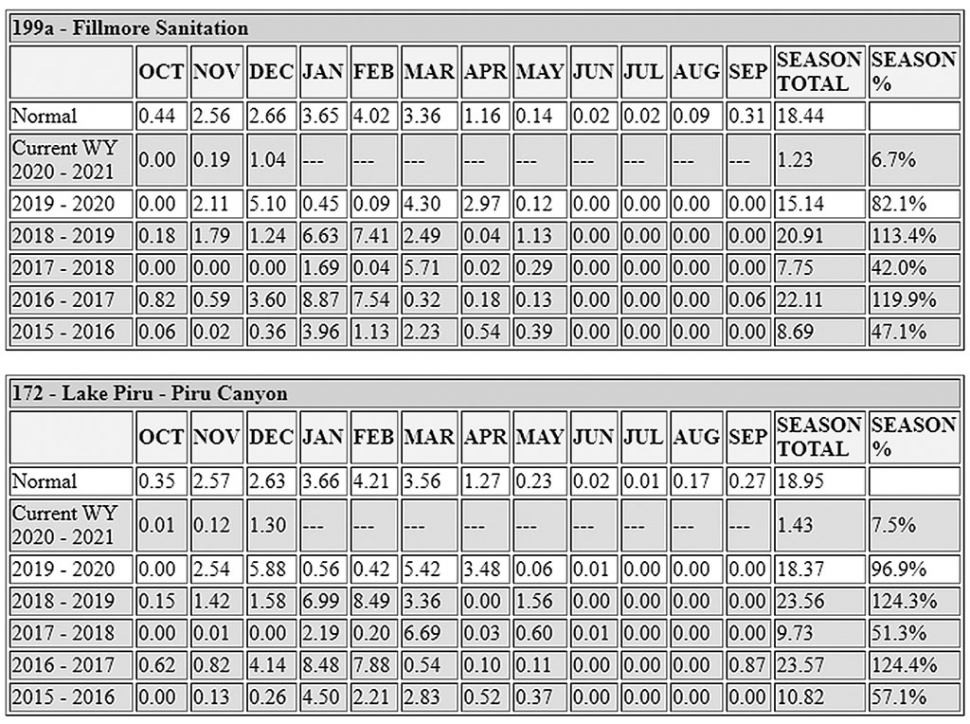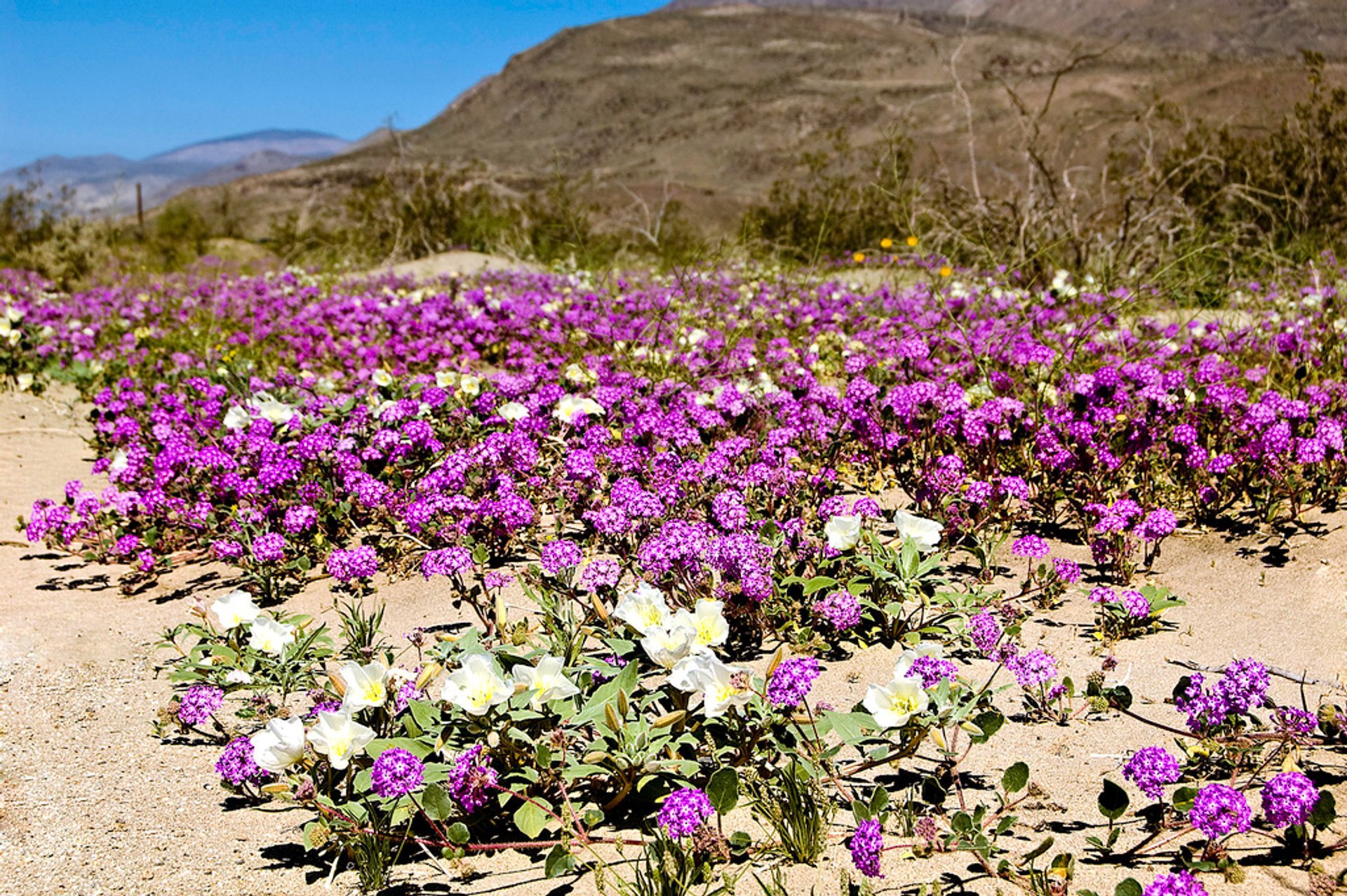


That right mixture of rain, and sunny, but not hot, weather, combined with the hard work of native harvester ants, who disperse wildflower seeds, which have adapted to survive dry on the desert floor until the right weather conditions arrive contributed to an explosion of vibrant wildflowers, mostly in the canyons, mountains and the southern portion of the park.Īreas like June Wash, where McCamish said miles of pink wildflowers and “belly flowers,” so called because they’re so small that you have to get on your stomach and look through a magnifying glass to see them, have sprung up since late fall in an area that’s normally pretty dry. ” Sunflowers bloom out of the desert floor on a couple of months earlier than normally because of earlier winter storms in Anza Borrego Desert State Park on January 20, 2023. “The sun really triggers the flowering mechanism. “It’s always about the right climate, the right weather conditions,” McCamish said. But because of the recent unusual rain storms stretching back to September and October, and low temperatures in the park coupled with sunny days, the wildflowers have come a little early this year, and with them, hundreds of tourists hoping to see them. Dennis Stephen, the regional interpretive specialist at the Colorado Desert District of the California State Parks said that the normally 1,100 to 1,600 people come into the park per day during the normal wildflower season, which is usually closer to the end of the February and lasts until the end of March before the heat of the desert kills the flowers. Wildflowers, and people coming from all over to see them, are nothing new here. “Just seeing four or five cars while we’re out here is busier than we normally are,” said Dan McCamish, the senior environmental scientist for the Colorado Desert District of the California State Parks, while standing in a desert canyon peppered with bright yellow, purple, and white wildflowers, not far from one of the park’s more accessible paved roads. A field of yellow sunflowers and purple sand verbenas bloom out of the desert floor in Anza Borrego Desert State Park on Janubecause of fall and winter rainstorms.(Sam Ribakoff/Courthouse News Service) People come to the park in part to be able to experience a sense of quiet serenity that comes with that much open, sparsely populated places, that’s why it’s odd to hear cars wizz past after slowing down to take a quick look at the colorful flowers dotting the desert floor, especially in January. Anza Trail Passport Stamp #13 is also located inside the visitor center.(CN) - Anza Borrego Desert State Park consists of hundreds of thousands of acres of open desert, scraggly mountains and cool oases, many of which are only accessible by dirt roads where you might be more likely to see one of the park’s Desert Bighorn sheep than to see another person, in a huge swath of the Colorado Desert encompassing parts of eastern San Diego County, and parts of Imperial and Riverside counties. The park's visitor center (200 Palm Canyon Dr., Borrego Springs) features interpretive exhibits on the desert ecosystems and the Cocopah and Cuahilla.

These trails provide a rare opportunity to precisely follow in the footsteps of the expedition surrounded by terrain that has changed little since the group's passage. The park contains two stretches of Anza's route. The campsites are both marked with California Historic Landmark plaques. Traveling up the creek and canyon, the expedition's next camp (#53) was at Santa Catarina, situated at Lower Willows. The site is a short distance to the east of the Desert Gardens portion of the park created by the Anza-Borrego Foundation and Institute. With plentiful water from the creek and a little pasturage nearby, the animals recovered from their long desert passage and the colonists could rest. The Anza expedition camped here from December 20 to 22, 1775 (historic campsite #52) along Coyote Creek at El Vado (The Ford).

It is located on the traditional homelands of the Cocopah and Cuahuilla. Anza-Borrego Desert State Park is the largest of the California State Parks and protects a crossroads of desert landscapes and ecosystems.


 0 kommentar(er)
0 kommentar(er)
